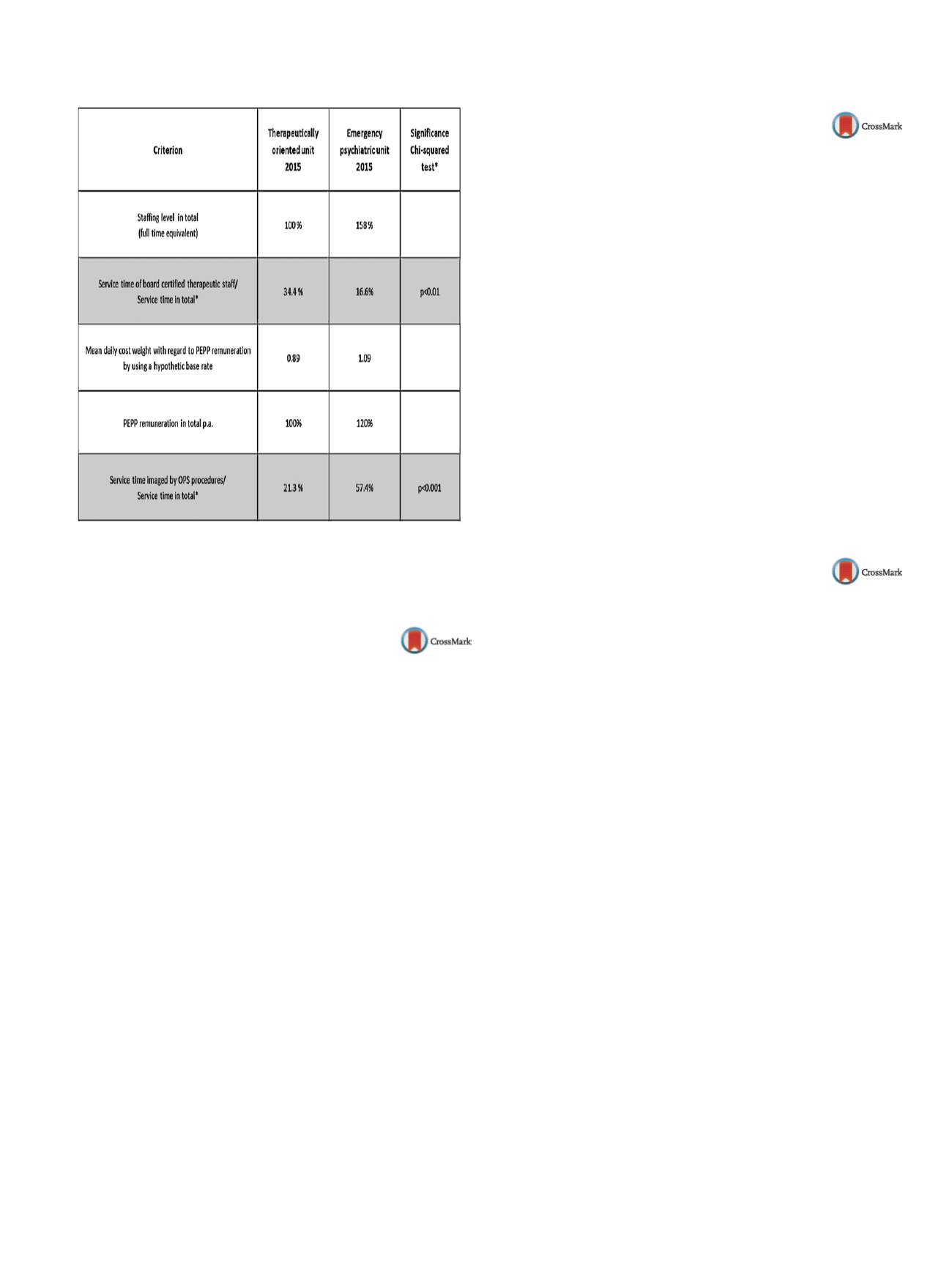

25th European Congress of Psychiatry / European Psychiatry 41S (2017) S645–S709
S707
Table 1
Disclosure of interest
Activity as a speaker, Janssen-Cilag GmbH.
http://dx.doi.org/10.1016/j.eurpsy.2017.01.1258EV0929
The integration of yoga theory and
practice into a general practice of
psychiatry
R. Weininger
Reuben A. Weininger- M.D., Psychiatry, Santa Barbara, USA
Introduction
Yoga is an ancient system of concepts and practices
designed to address problems of the mind and body, codified dur-
ing the few centuries BCE in India. Yoga has become increasingly
popular in the West during the past half century, and its practice in
various forms is now widespread. Along with mindfulness-based
techniques, yoga is increasingly seen as compatible with Western
therapeutic methods of approaching physical and mental illness.
Objectives
To introduce the audience to the yoga model of the
mind, and to show how it is both compatible with and complemen-
tary to Western models, including psychoanalytic and cognitive
behavioral.
Aims
We will explore how this ancient system can be introduced
into clinical practice, and in what ways it can accelerate the process
of psychotherapy and psychological change.
Methods
This talk will include a review of yoga theory, including
the causes of suffering and its resolution. We will explore road-
blocks in treatment and how daily practices can accelerate the
process of growth and change.
Conclusions
Yoga can be a very helpful adjunct to a psychiatric
practice, in addition to medications and psychotherapy.
Disclosure of interest
The author has not supplied his/her decla-
ration of competing interest.
http://dx.doi.org/10.1016/j.eurpsy.2017.01.1259EV0930
Protective effect of saikosaponin B2
on damage of cultured SH-SY5Y cells
in vitro introduced by hydrogen
peroxide
Y. Zhang
∗
, F. Liu , Z. Dai , Q. Wu
xi’an mental health center, pharmacy lab, Xi’an, China
∗
Corresponding author.
Objective
To investigate the effect of saikosaponin B
2
on the dam-
age of cultured SH-SY5Y cells.
Methods
10% calf serum including volume fraction 0.05, 0.10,
0.20 saikosaponin B
2
(10
−
4
mol
·
L
−
1
) were added respectively into
the SH-SY5Y cells, which were then treated with 140 mol
·
L
−
1
hydrogen peroxide(H
2
O
2
). 10% calf serum group and blank serum
without H
2
O
2
-treated group were as the model group and the
control group. The effect of saikosaponin B
2
was observed by mor-
phological identification, colorimetric MTT assay.
Results
Both saikosaponin B
2
of 10
−
6
mol
·
L
−
1
and
2
×
10
−
6
mol
·
L
−
1
can relieve the damage of SH-SY5Y cells and
increase the survival of the cells.
Conclusion
saikosaponin B
2
can protect the cultured SH-SY5Y
cells from damage induced by H
2
O
2
.
Disclosure of interest
The authors have not supplied their decla-
ration of competing interest.
http://dx.doi.org/10.1016/j.eurpsy.2017.01.1260EV0931
Procrastination as a personal factor in
young patients with mental disorders
M. Zvereva
Mental Health Research Center of RAMS, Clinical psychology,
Moscow, Russia
Introduction
Many of contemporary studies of procrastination
were conducted with healthy students. Only a few investigators
analyzed procrastination’s connection with personal features (self-
esteem), socio-psychological parameters (aggression, well-being).
Researchers do not consider procrastination as a personal factor in
patients with different mental disorders. Most of procrastination’s
researches are related to affective spectrumdisorders (depression),
often found in the student’s environment.
Objectives
Male and female students (aged 18–25). Normal
group–61. Experimental group - 54 patients of psychiatric clinic,
divided to diagnosis: schizophrenia F20.01, bipolar disorder F31
and personality disorder F60.
Aims
Study of procrastination combined with personal charac-
teristics (self-esteem, aggression) on young people: normal and
with endogenous pathology.
Methods
Procrastination assessment scale-students (PASS) by L.J.
Solomon, E.D. Rothblum; Rosenzweig Picture Frustration Test; E.
Wagner’s The Hand Test; Warwick-Edinburgh Mental Well-being
Scale; Rosenberg Self-Esteem Scale; Self-esteem by Dembo-
Rubinstein. Multiple linear regressionswere used asmethod of data
assessment.
Results
Assessment of obtained data allowed to distinguish
some different models of connections parameters of PASS and
other tests. These models differ in comparing groups. Healthy
students: multidimensional model of communication procrastina-
tion and personality parameters harmoniously combined personal
and socio-psychological parameters. Schizophrenia: fewer models,
mostly one-dimensional structure (identified only communication
based onpersonal parameters). Bipolar disorder: one or two dimen-
sional model (include mainly characteristics of aggression and
self-rated health). Personality disorders: some mono and multi-
dimensional models, their structure and content are very close to
normative sample.


















